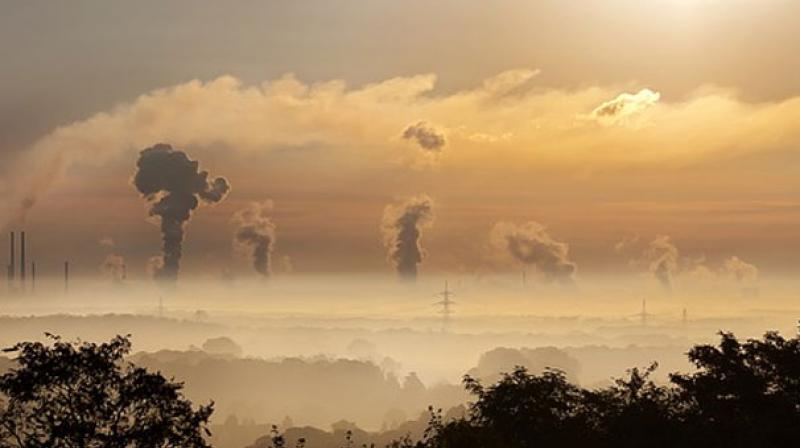So, let's talk green: Soon to be released - A hungry and angry planet
Climate models have predicted the devastating impact on food and agriculture.

This sounds like the tittle of a movie filled with suspense, thrill and excitement. But it is far from that. This is reality. A sad reality as a consequence of climate change.
The greenhouse gases that we emit when we burn fossil fuels is choking the atmosphere and causing climate change and resulting extreme weather events like floods & droughts, acidification of oceans, depletion of ground water tables and a profound impact on food security and poverty alleviation.
Climate change is affecting the world's food production. This fact has now been detailed in a report from the United Nations, which issues a dire warning - unless significant action is taken, it could put millions more people at risk of hunger and poverty in the next few decades.
This is a message that's been emphasized over and over by climate scientists for many decades. Climate models have predicted the devastating impact on food and agriculture. But this is the first time it's been the primary focus of the UN Food and Agriculture Organization's annual State of Food and Agriculture report.
The 194-page report, that was released last week, describes a vicious cycle in which unsustainable farming practices contribute huge quantities of greenhouse gas emissions to the atmosphere and drive more warming, which can then continue to hurt global crop production.
The report details how under a severe climate change scenario, 122 million more people could be living in extreme poverty by the year 2030 compared to a future with no climate change. Even under a low-impact climate scenario, this number could be as high as 35 million more people.
"Hunger, poverty and climate change need to be tackled together," said Food and Agriculture Organization director-general José Graziano da Silva, in a foreword to the new report.
What seems so unfair is that the farmers who have done nothing to cause climate change, will be the ones who are going to suffer its consequences the most, and they are in huge numbers - around 475 million.
But there are ways around this scenario if we are able to educate farmers to adapt to a changing world. The number of people at risk of undernourishment in developing countries in 2050 could be reduced by more than 120 million through widespread use of nitrogen efficient crop varieties alone.
Alternate wetting and drying of rice fields reduces methane emissions from paddies by 45 percent, while saving water and producing yields similar to those of fully flooded rice.
In the livestock sector, the general adoption of sustainable practices could cut livestock methane emissions by up to 41 percent while also increasing productivity through better animal feeding, animal health and herd structure management.
Meeting the goals of eradicating hunger and poverty by 2030, while addressing the threat of climate change, will require a massive transformation of food and agriculture systems worldwide.
Achieving the transformation to sustainable agriculture is a major challenge. Without adaptation to climate change, it will not be possible to achieve food security for all and eradicate hunger, malnutrition and poverty.
So what should we do? Help farmers adopt more sustainable farming practices. Preventing deforestation and participate in afforestation projects. Move to a plant based diet if possible. Encourage farmers to diversify the types of crops they raise. And then pray.

